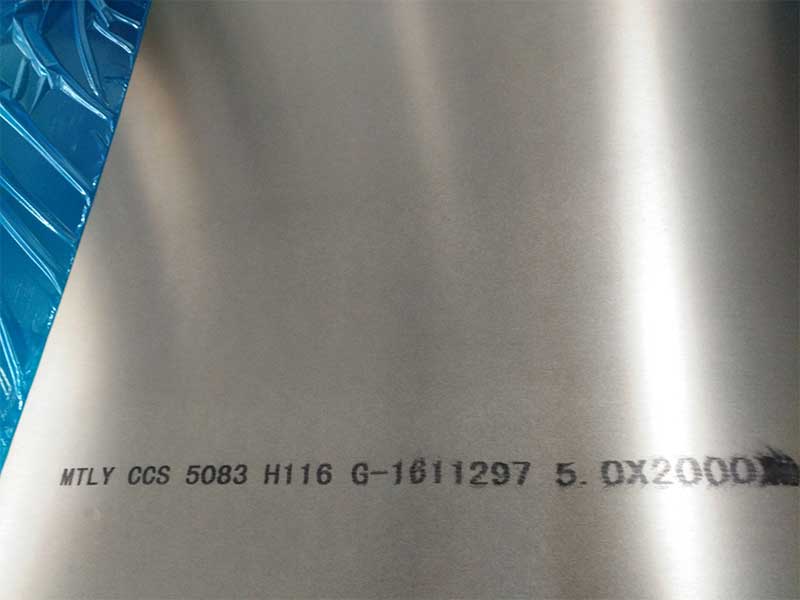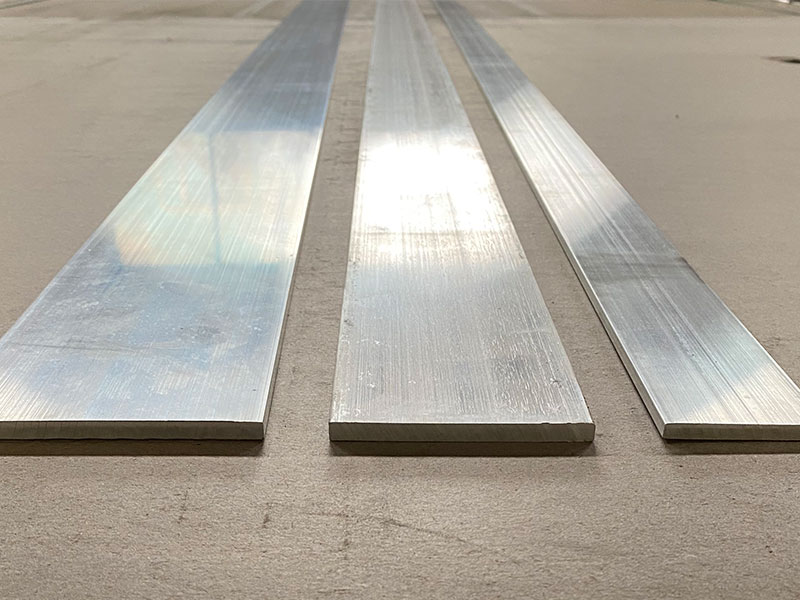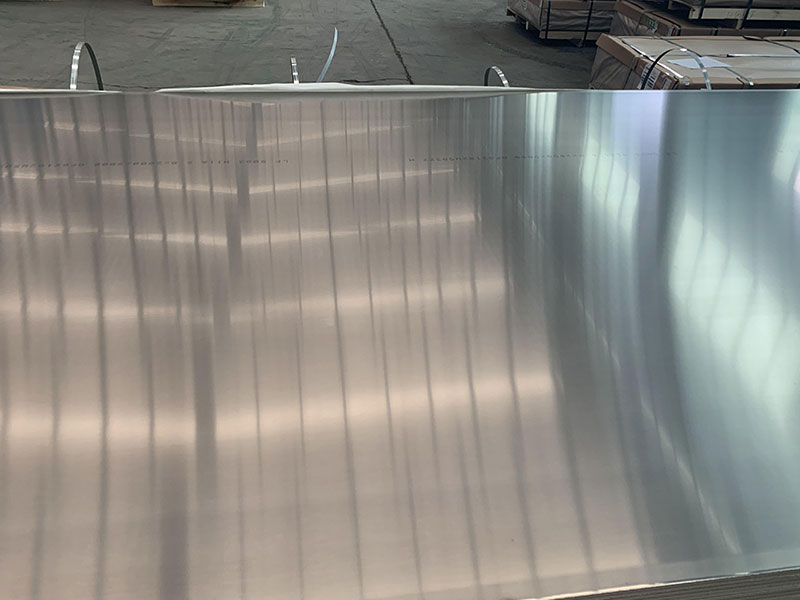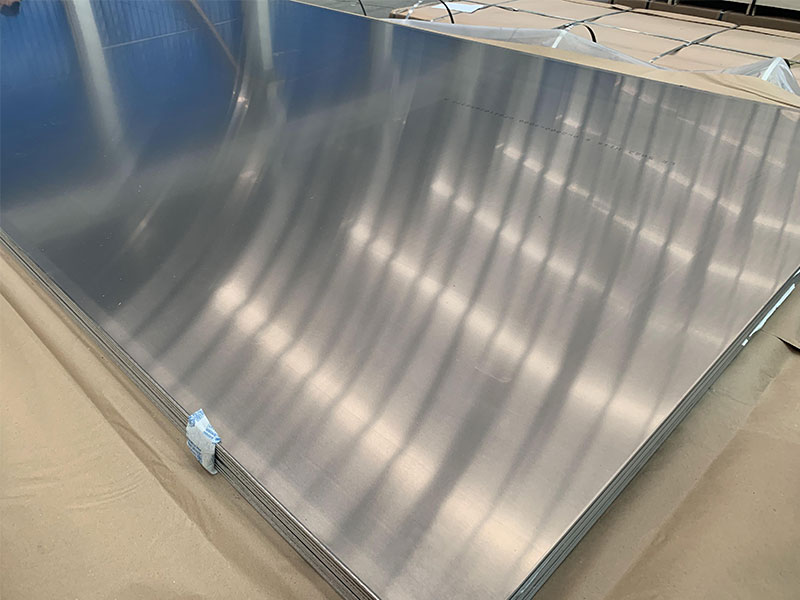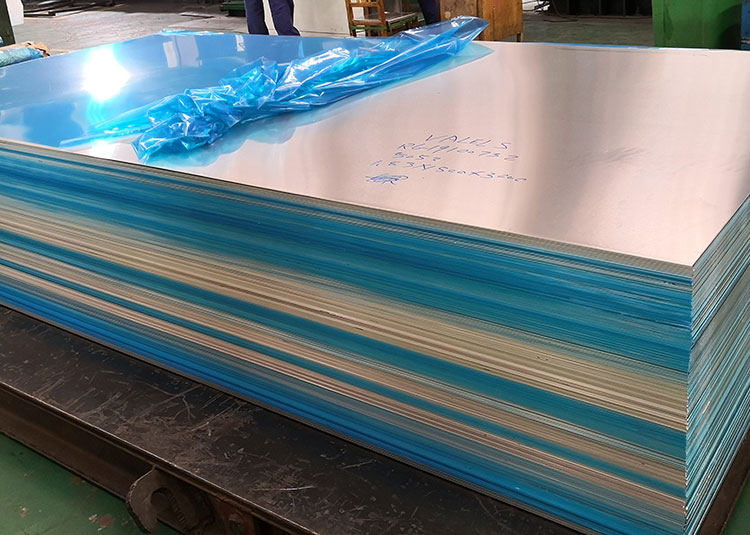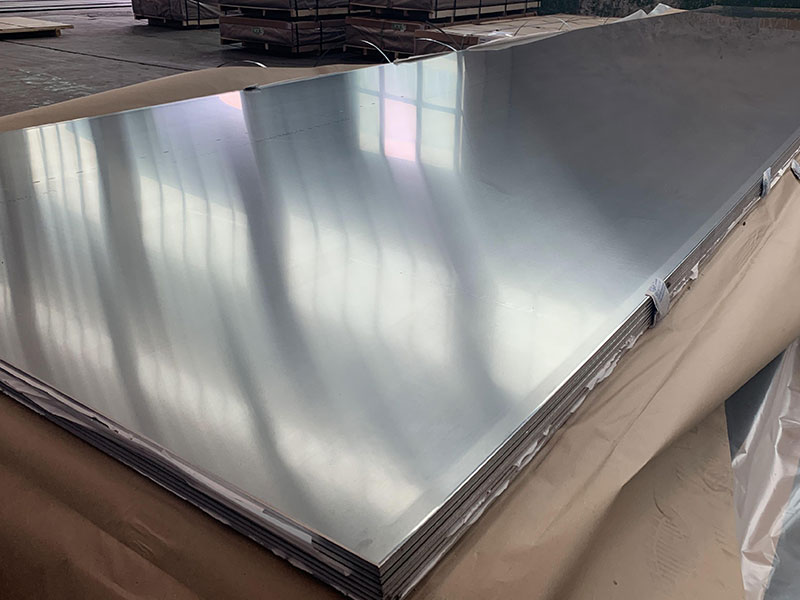Marine grade aluminium alloy coil
In the world of maritime engineering, material selection plays a pivotal role in ensuring durability, safety, and performance. Among these materials, the marine grade aluminium alloy coil stands out as a marvel of innovation—a lightweight yet robust solution specifically tailored to withstand the harsh marine environment.
Marine Grade Aluminium Alloy Coil
Marine grade aluminium alloy coil refers to a type of aluminium sheet rolled into coils, specifically fabricated from predefined aluminium alloys that exhibit superior resistance to corrosion, fatigue, and mechanical stress in marine environments. These coils are semi-finished products essential for building ship hulls, offshore structures, and smaller marine components. Unlike standard aluminium coils, these are engineered to meet rigorous marine usage specifications, reflecting an intersection of metallurgical prowess and marine engineering needs.
Functions of Marine Grade Aluminium Alloy Coil
Corrosion Resistance: The ocean and coastal environments inundated with saline water create aggressive corrosion risks. Marine grade aluminium alloy coils typically belong to series 5xxx (primarily 5083, 5052) and 6xxx alloys, enhanced for resistance against chloride-induced corrosion. This immunity is important both at the macro level (ship hull plating) and micro level (components and joints).
Structural Integrity and Strength: Marine structures face continuous stress from waves, impact loads, and mechanical strains. The alloying elements—mainly magnesium and small amounts of manganese—fortify the base aluminium, resulting in superior tensile strength (often well above 290 MPa for 5083 alloy), combined with lightweight benefits essential for fuel efficiency and buoyancy.
Formability and Weldability: Marine grade coils must adapt to complex shapes without cracking while facilitating various joining methods, especially welding. Grades with better tempering abilities, such as H32 or H34 tempers, provide an optimal stress balance, making them easier to manipulate during fabrication processes.
Thermal and Fatigue Resistance: With a wide temperature tolerance, marine aluminium alloys sustain performance from freezing cold collisions on Arctic-water vessels to tropical heat environments. Their fatigue resistance safeguards against long-term cyclic stress leading to microfractures.
Technical Details and Standards
Choosing the correct coil involves familiarizing oneself with standards and coil parameters:
| Parameter | Detail |
|---|---|
| Alloy Types | 5083, 5052, 5705 (5xxx series); 6061, 6063 (6xxx series) |
| Thickness Range | 0.5 mm to 6 mm |
| Width Range | Typically 500 mm to 1500 mm |
| Temper Designations | H111, H112, H116, H321, H32, H34, O |
| Ultimate Tensile Strength | 280 to 350 MPa depending on alloy and temper |
| Yield Strength | 140 to 260 MPa |
| Corrosion Resistance | High, especially against seawater/dripping saltwater |
The most widely referred specifications and standards include:
- ASTM B928: Covers marine grade aluminium coil and sheet.
- ISO 6361: International standard specifying delivery conditions.
- Marine Alloy Sheet 5083/5052 (AWS or ABS) certifications often required for classification societies like DNV GL, Lloyd’s Register.
Chemical Composition Matrix (Example for Aluminium Alloy 5083)
| Element | Percentage (%) |
|---|---|
| Aluminium (Al) | Balance (Approx. 93-96%) |
| Magnesium (Mg) | 4.0 - 4.9 |
| Manganese (Mn) | 0.4 - 1.0 |
| Chromium (Cr) | 0.05 - 0.25 |
| Iron (Fe) | ≤ 0.4 |
| Silicon (Si) | ≤ 0.4 |
| Copper (Cu) | ≤ 0.1 |
| Zinc (Zn) | ≤ 0.25 |
Tempering and Implementation Conditions
Tempering influences properties like hardness, formability, fatigability, and residual stress in marine aluminium products:
- O temper (Annealed): Softest, excellent formability but lower strength.
- H111, H112 Temper: Partially strain-hardened with improved strength.
- H116, H321: Originally designed for excellent corrosion resistance accompanied by good strength and enhanced weldability.
- H32, H34 Temps: Specific to Higher strength models with some strain-hardening, providing stiff but workable materials.
Implementing these aluminium coils involves cold rolling of pre-treated raw output, occasionally coating or anodizing to harden the surface further (e.g., PVDF coating for UV durability). This material sees mechanical or laser cutting alignment to vessel blueprints or assembly instructions, followed by rolling/fabrication stages, welding, anodizing, and final inspection, fully compliant with marine classification adequacies.
Applications Beyond the Obvious
While the largest use is in hull plating and deck components, emerging uses seeing promising integration include:
- Floating platforms and pontoons, where buoyancy depends highly on material weight and non-corrosive frameworks.
- High-performance speedboats and yachts using ultra-light marine coils with limited fatigue damage for maneuvering agility.
- Offshore wind energy platforms requiring durable, corrosion-resistant metallic components balancing installed weight and durability.
- Modular repair patches applied to vessel repair shops where lightweight, weldable materials decrease downtime.
https://www.al-alloy.com/a/marine-grade-aluminium-alloy-coil.html


